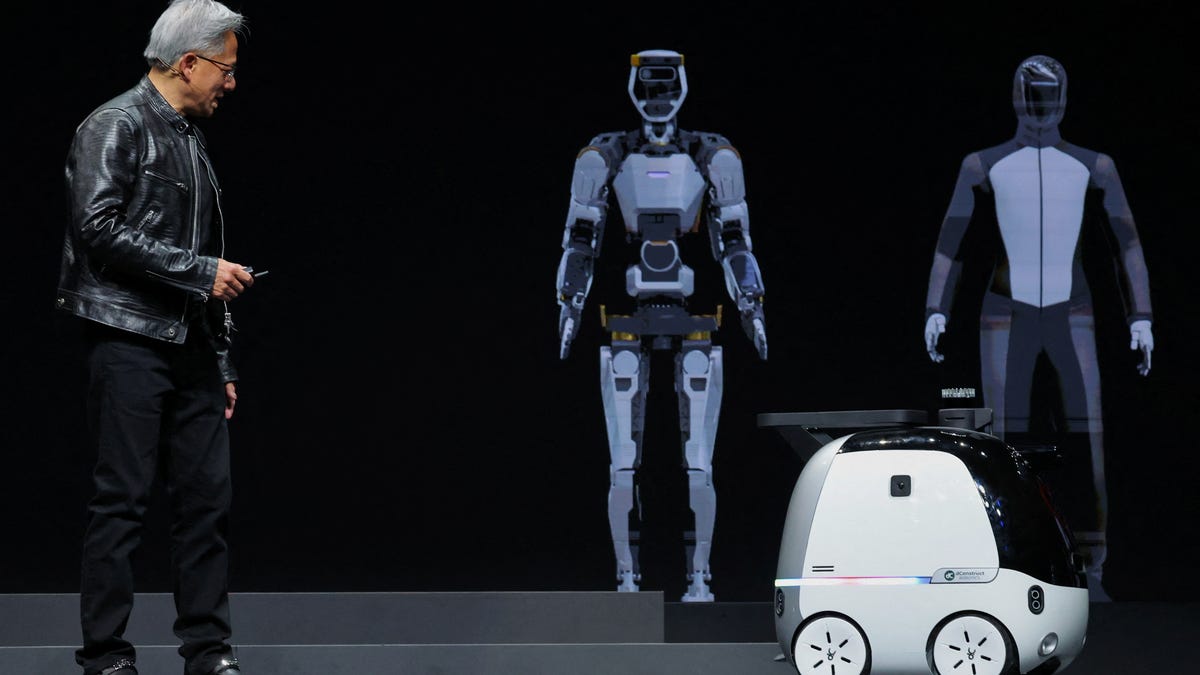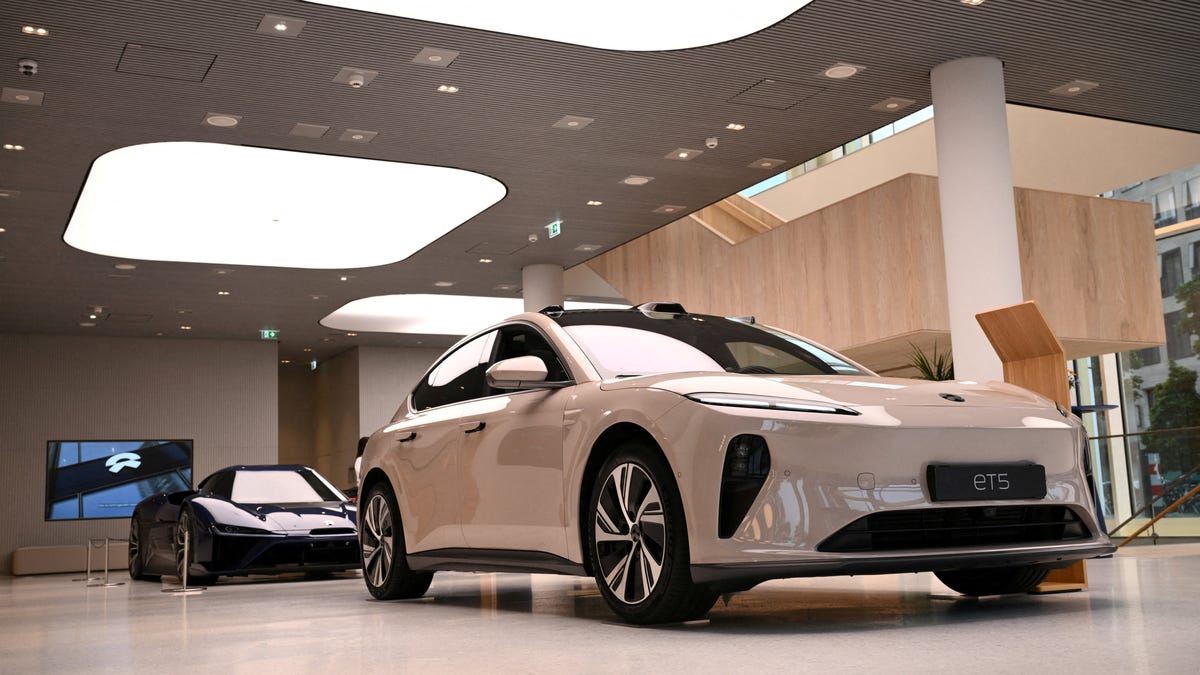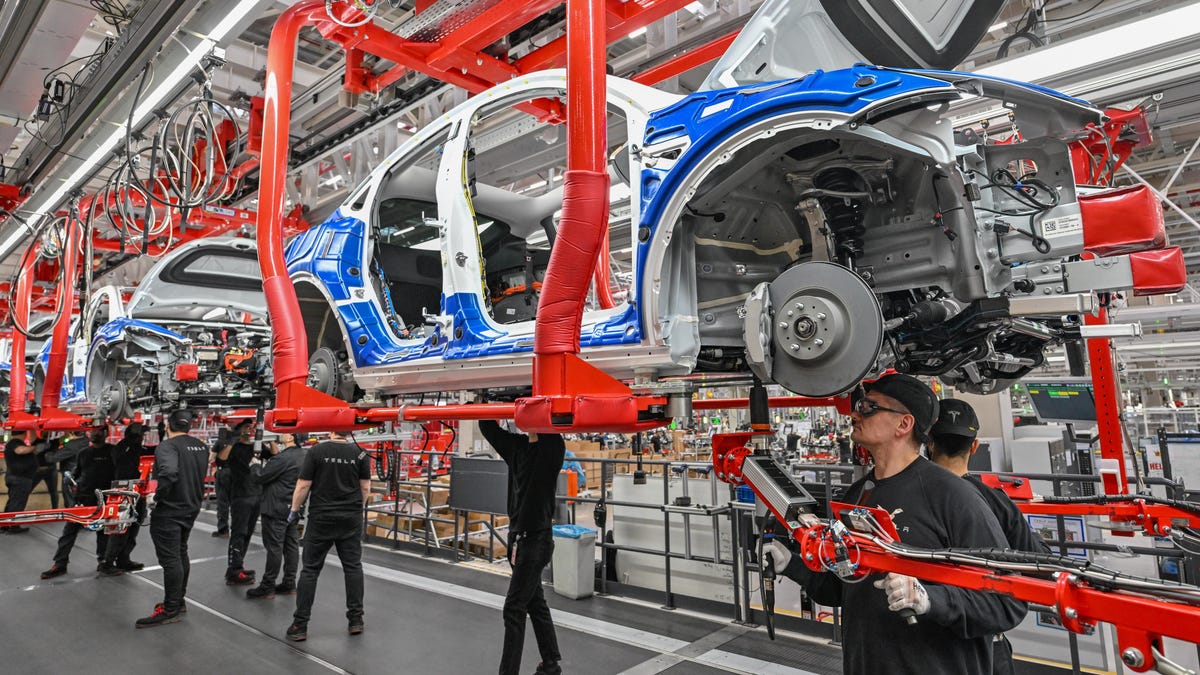Nvidia Leading the AI Revolution
Nvidia is at the forefront of the current wave of generative artificial intelligence, with CEO Jensen Huang highlighting that robots are the next frontier. Speaking ahead of COMPUTEX, an annual tech trade show in Taiwan, Huang emphasized the importance of “physical AI” that can understand the laws of physics and seamlessly work alongside humans.
Physical AI Advancements
According to Nvidia, physical AI involves models that can interpret instructions and independently carry out complex tasks in real-world environments. The company’s Isaac AI robot development platform is already in use, enhancing efficiency in factories and warehouses for companies like BYD Electronics and Siemens.
Isaac is driving research, development, and production of millions of AI-powered autonomous machines and robots, including industrial arms and humanoids. Huang expressed his enthusiasm, stating, “Robotics is here. Physical AI is here. This is not science fiction; it’s happening all over Taiwan, and it’s truly exhilarating.”
The Rise of Robotics
Currently, there are over five million preprogrammed robots undergoing testing worldwide, with validation processes including digital twin simulations in Nvidia’s Omniverse. Huang envisions a future where all factories are automated, with robots collaborating to manufacture robotic products.
Furthermore, Nvidia announced its AI chip roadmap, unveiling plans for the Blackwell Ultra chip in 2025 and the next-generation Rubin platform in 2026. The Rubin platform will feature new graphics processing units (GPUs), a central processing unit (CPU) named Vera, and advanced networking chips.
Huang revealed that Nvidia follows a “one-year rhythm” for introducing new chips, sharing the news during the company’s first-quarter earnings call for fiscal year 2025. Nvidia significantly exceeded Wall Street’s expectations, boasting a record $26 billion in revenue, a 262% increase from the previous year.
Image/Photo credit: source url





